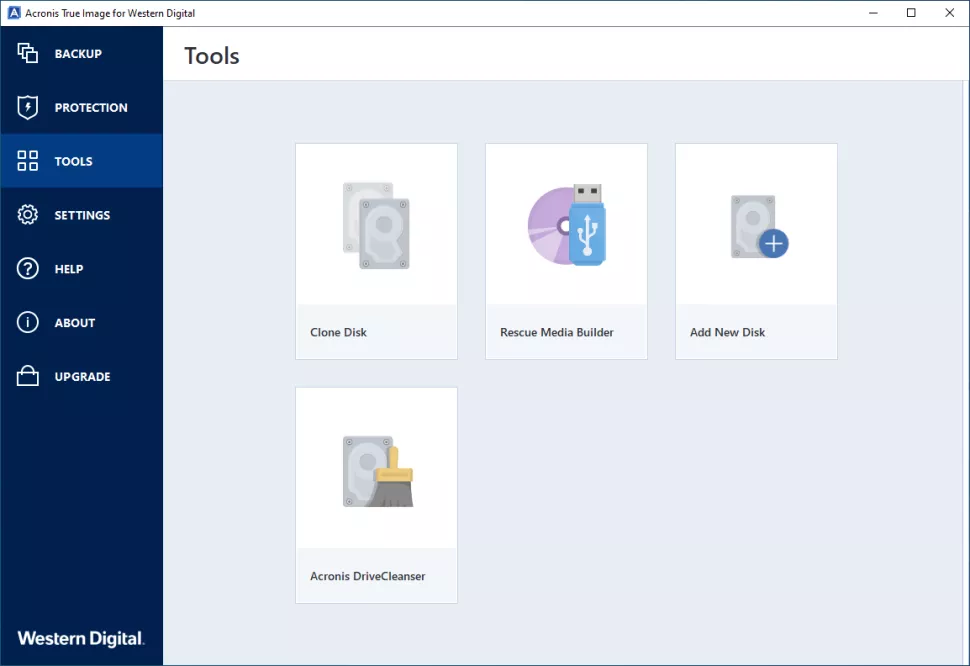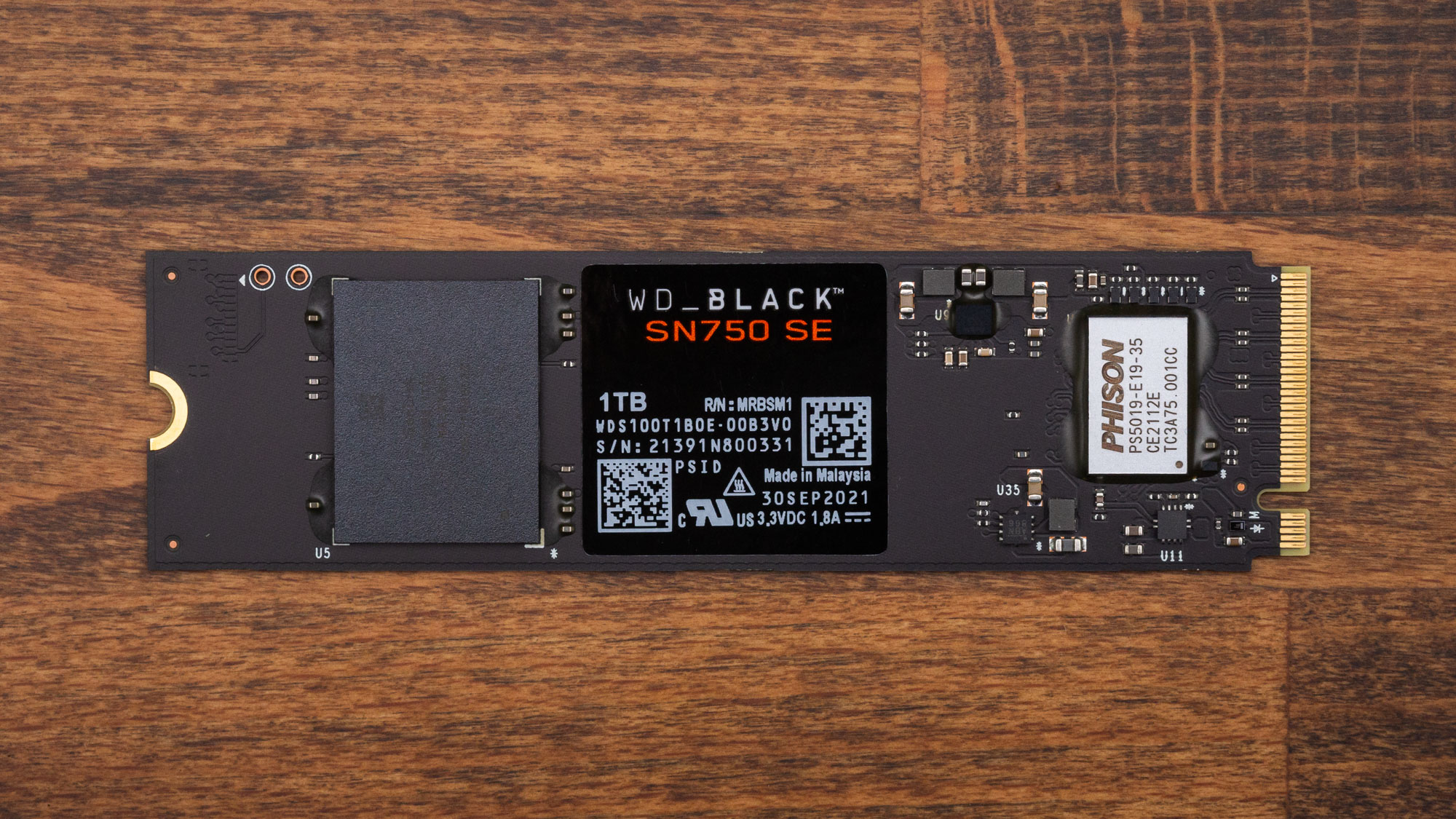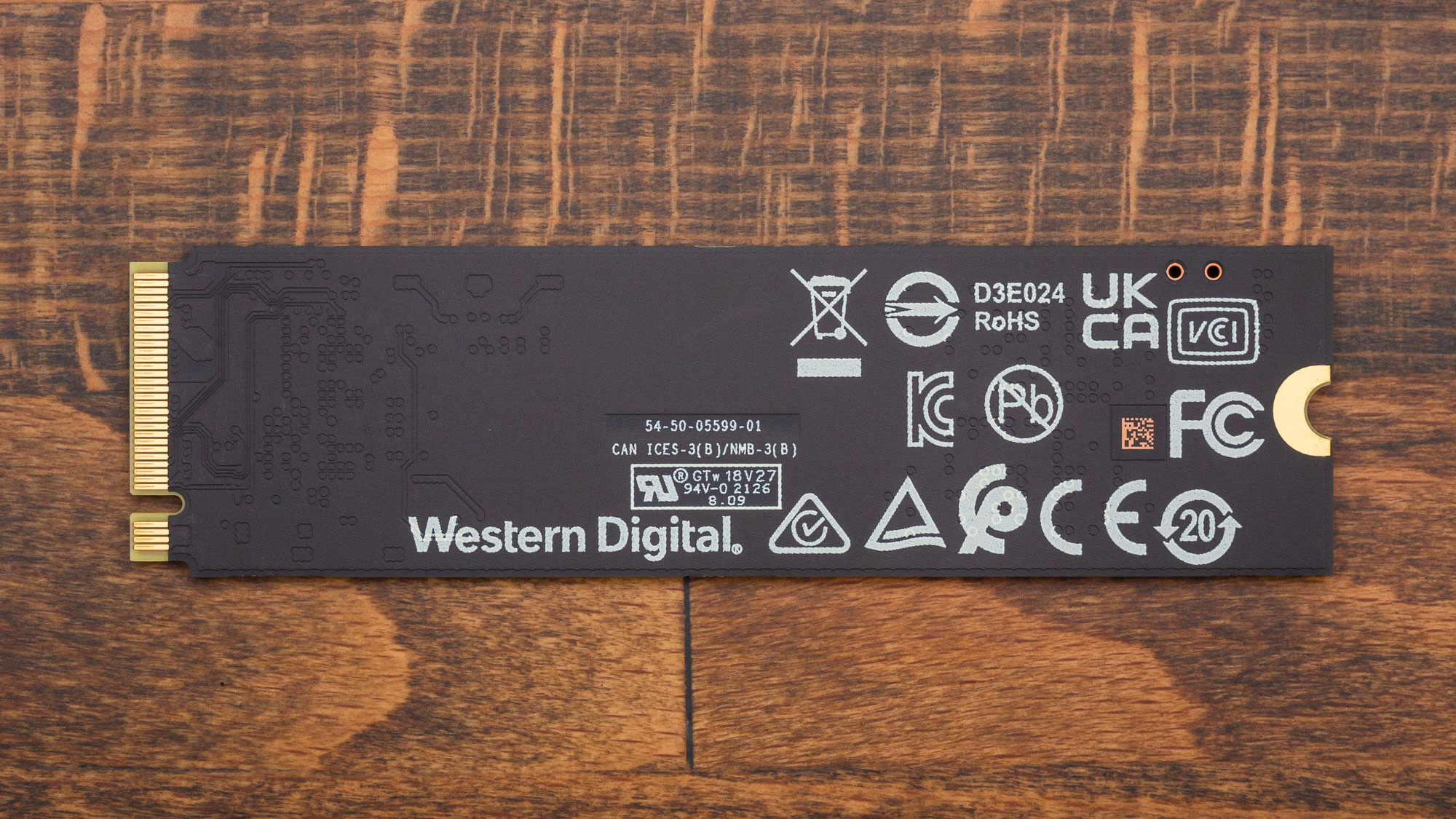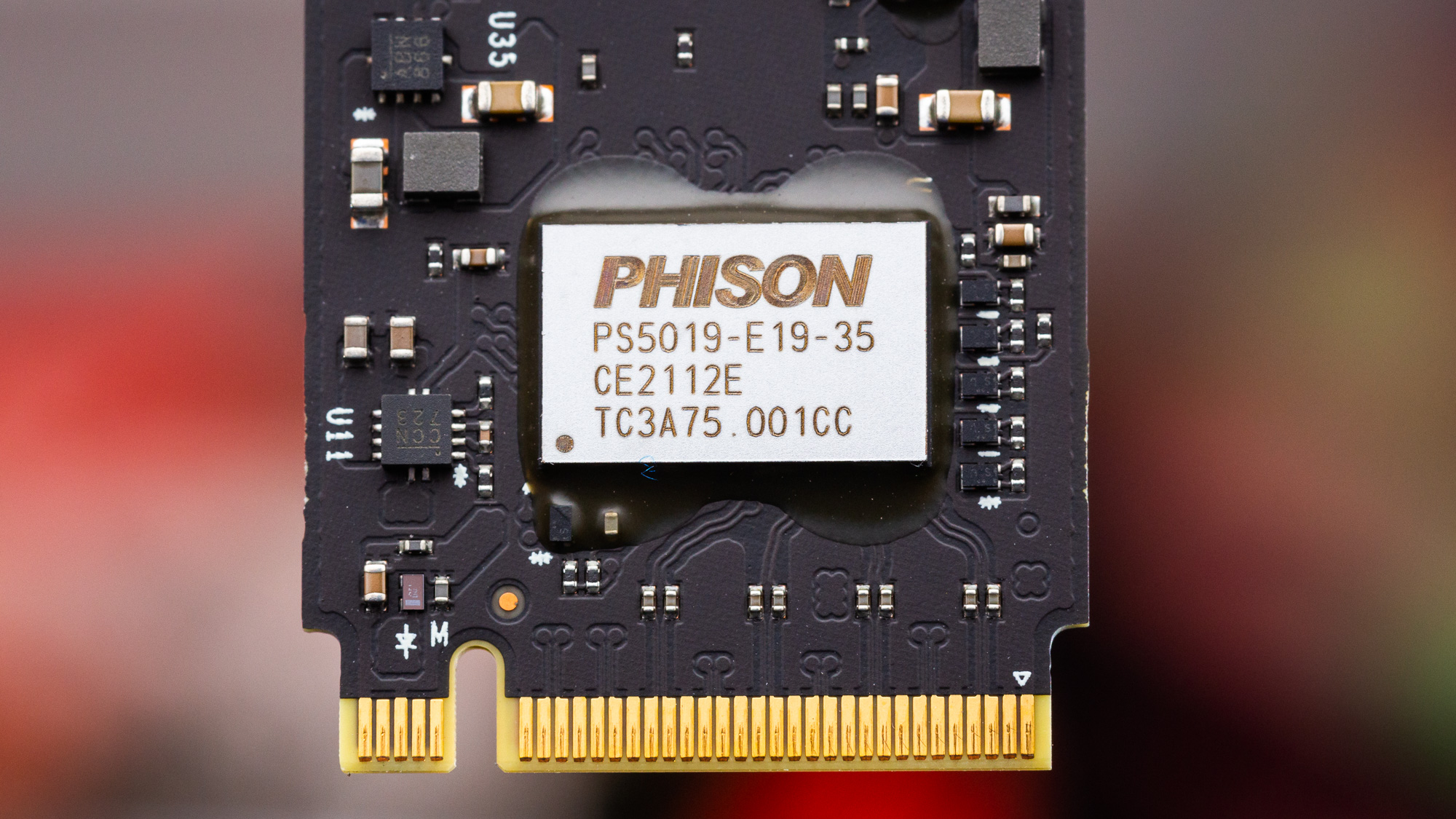Tom's Hardware Verdict
WD’s Black SN750 SE is a decent-performing gaming-oriented SSD. While it doesn’t deliver the best PCIe 4.0 performance, it competes well against many of the best PCIe 3.0 SSDs on the market and is listed at competitive prices.
Pros
- +
+ Low-cost
- +
+ Efficient and cool operation
- +
+ Attractive design
- +
+ Competitive endurance ratings and 5-year warranty
- +
+ Sustained write speed in real-world use
Cons
- -
Entry-level PCIe 4.0 performance at best
- -
Lacks AES hardware encryption
Why you can trust Tom's Hardware
WD's Black SN750 SE' Special Edition' delivers sequential speeds of up to 3,600/2,830 MBps read/write, but it is hardly faster than the best PCIe 3.0 SSDs, which is curious given its PCIe 4.0 connection. However, the SSD is priced to sell, making it a great option for value seekers on the hunt for one of the best SSDs for a gaming rig.
Equipped with a Phison DRAM-less SSD controller and BiCS4 96-Layer TLC flash, the SN750 SE's secret sauce is a mix of cost-efficient components, clever marketing, and low prices. While the DRAM-equipped SN750 excels in heavy workloads with its somewhat power-hungry eight-channel PCIe 3.0 controller, the DRAM-less SN750 SE is better optimized for low-budget gaming builds with its four-channel PCIe 4.0 controller and newer flash, although it still holds its own quite well when pressured with requests.
The special edition naming might indicate that this drive is an impromptu stopgap solution between the older SN750 and not a true replacement. Either that or it could be part of the company's attempt to optimally use up their last batches of BiCS4 TLC flash as it introduces newer BiCS5-equipped SSDs, like the Blue SN570 we recently reviewed.
Specifications
| Product | 250GB | 500GB | 1TB |
|---|---|---|---|
| Pricing | $49.99 | $59.99 | $109.99 |
| Capacity (User / Raw) | 250GB / 256GB | 500GB / 512GB | 1000GB / 1024GB |
| Form Factor | M.2 2280 | M.2 2280 | M.2 2280 |
| Interface / Protocol | PCIe 4.0 x4 / NVMe 1.4 | PCIe 4.0 x4 / NVMe 1.4 | PCIe 4.0 x4 / NVMe 1.4 |
| Controller | Phison PS5019-E19T | Phison PS5019-E19T | Phison PS5019-E19T |
| DRAM | HMB | HMB | HMB |
| Memory | Kioxia BiCS4 96L TLC | Kioxia BiCS4 96L TLC | Kioxia BiCS4 96L TLC |
| Sequential Read | 3,200 MBps | 3,600 MBps | 3,600 MBps |
| Sequential Write | 1,000 MBps | 2,000 MBps | 2,830 MBps |
| Random Read | 190,000 IOPS | 360,000 IOPS | 525,000 IOPS |
| Random Write | 240,000 IOPS | 480,000 IOPS | 640,000 IOPS |
| Security | N/A | N/A | N/A |
| Endurance (TBW) | 200 TB | 300 TB | 600 TB |
| Part Number | WDS250G1B0E | WDS500G1B0E-00B3V0 | WDS100T1B0E-00B3V0 |
| Warranty | 5-Years | 5-Years | 5-Years |
The WD Black SN750 SE is available in 250GB, 500GB, and 1TB capacities and is listed at very competitive prices ranging from $0.11 to $0.20 per gigabyte. Although it communicates over a PCIe 4.0 x4 interface, the SN750 SE is only rated to deliver sequential speeds of up to 3,600/2,830 MBps read/write and sustain upwards of 525,000/640,000 random read/write IOPS at its highest capacity. The smaller capacities aren't quite as performant.
WD backs the SN750 SE with a five-year warranty and endurance ratings similar to the standard WD Black SN750, equating to 600TB of write data for our 1 TB sample. Leveraging the Phison SSD controller, the SN750 SE features a fourth-gen LDPC engine, SmartECC, and end-to-end data path protection to ensure your data's integrity from when it's written until you retire the device. Similar to the SN750, it also lacks SED capability, but fortunately, that's not a big deal for most gamers. Trim, secure erase support via the Format NVM command, and SMART data reporting also come standard.
Software and Accessories


Like Samsung Magician, WD’s SSD Dashboard is one of the best SSD toolbox softwares available. With it, you can monitor your SSD's health and performance in real time, upgrade the firmware if applicable, and even enable gaming mode, which disables all lower power states so that the SSD is always ready to perform optimally. WD also provides Acronis True Image for Western Digital so you can clone over your existing data to your new SSD.
A Closer Look


The Black SN750 SE comes in a single-sided M.2 2280 form factor, so not only is it compatible with all desktop gaming systems, it's also compatible with many of the best Ultrabooks, too.
Get Tom's Hardware's best news and in-depth reviews, straight to your inbox.
The Phison PS5019-E19T that powers the SN750 SE may lack DRAM, but it isn't without some tricks to mitigate that. Instead of reading and updating directly on the flash itself, it utilizes Host Memory Buffer (HMB) tech that grants the SSD's controller some of the host system's DRAM for the task. This feature offers improved performance with accelerated access to the metadata while only taking 64MB away from the host.
The controller features an ARM Cortex-R5 primary processor and leverages Phison's CoXProcessor Technology, which means it has an additional dual-core co-processor to handle some of the firmware workloads. The controller is produced on TSMC's 28nm technology node. This isn't the newer 12nm node that Phison uses in some of its products, but it still keeps fairly cool under load with features like power state management. Just in case it's needed, thermal throttling will kick in if the SSD exceeds 84 degrees Celsius.
A single NAND package on our 1TB sample is filled to the brim with older generation BiCS4 96-Layer TLC flash. While this dual-plane flash is responsive, it isn’t quite as fast as the quad-plane BiCS5 in newer drives. The controller supports transfer rates of up to 1,200 MTps per channel but likely runs at Toggle 3.0 speeds of up to 800 MTps, a limitation of the flash.
MORE: Best SSDs
MORE: How We Test HDDs And SSDs
MORE: All SSD Content

Sean is a Contributing Editor at Tom’s Hardware US, covering storage hardware.
-
zipspyder If that is a bottom end PCIE 4 SSD for storage I'll take that all day long as my main/gaming drive. Getting kind of picky now aren't we. ;)Reply

